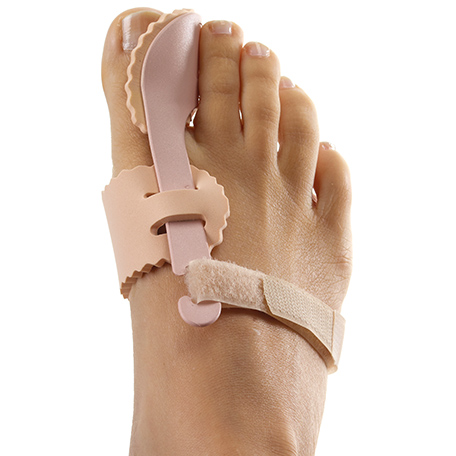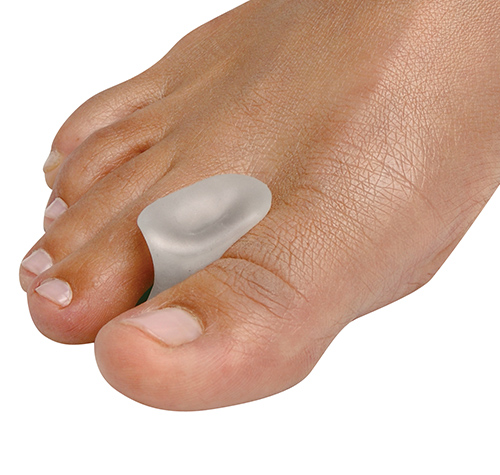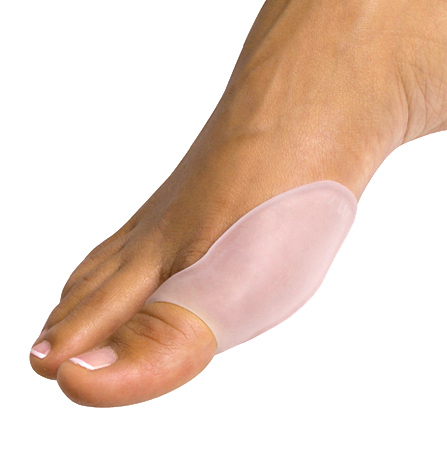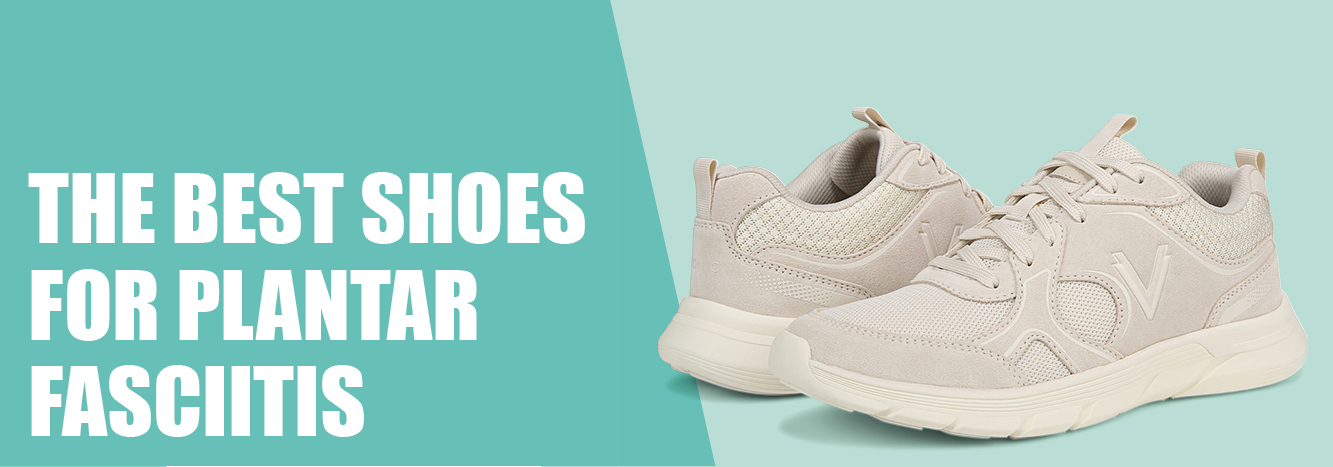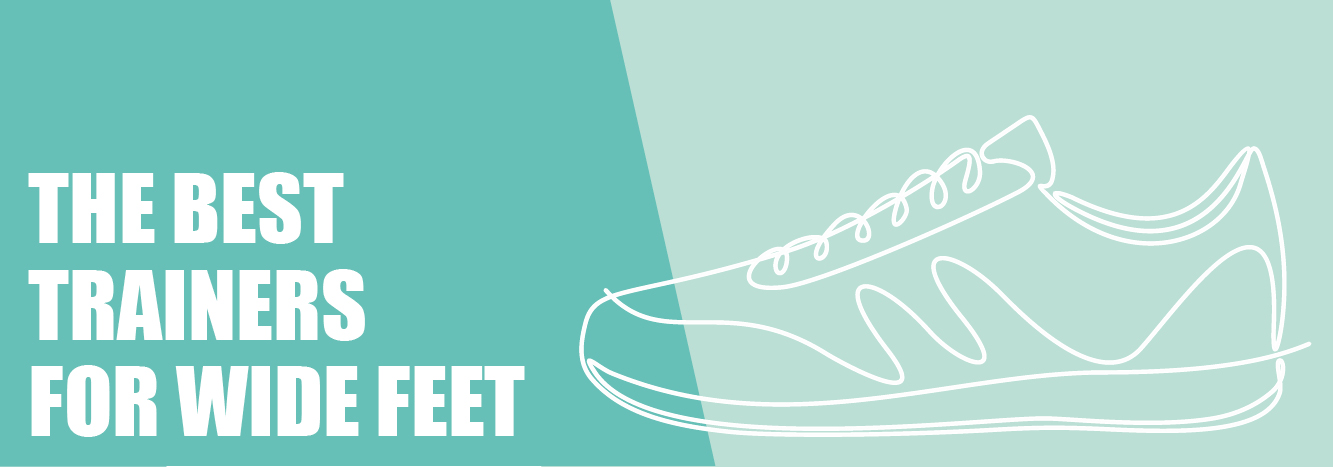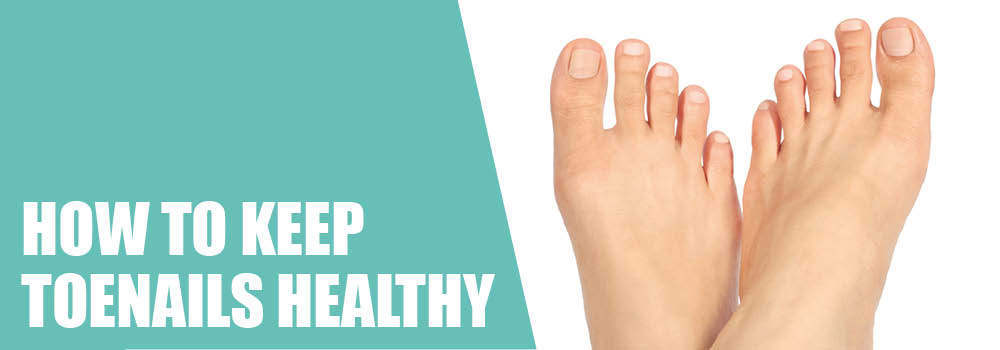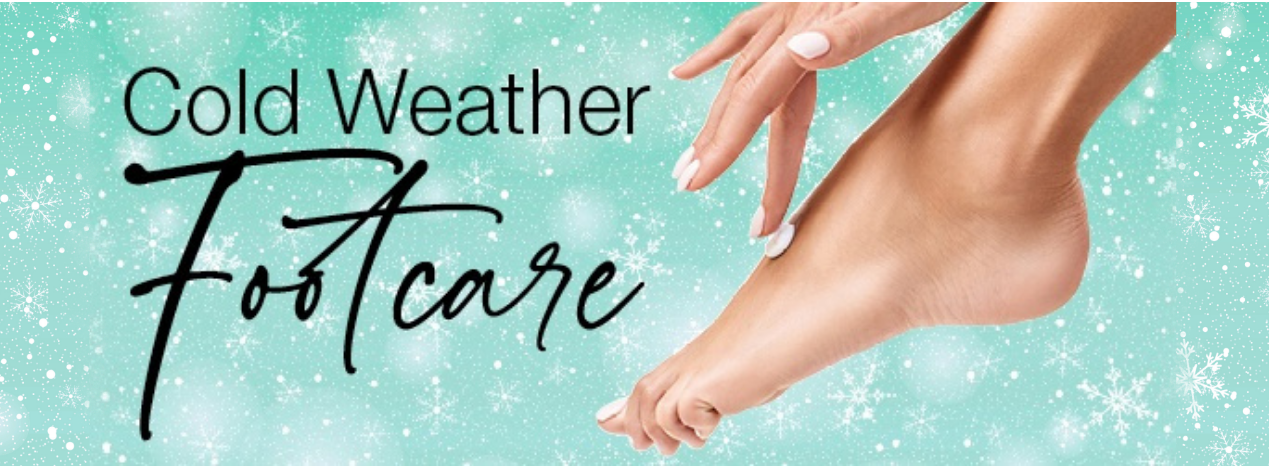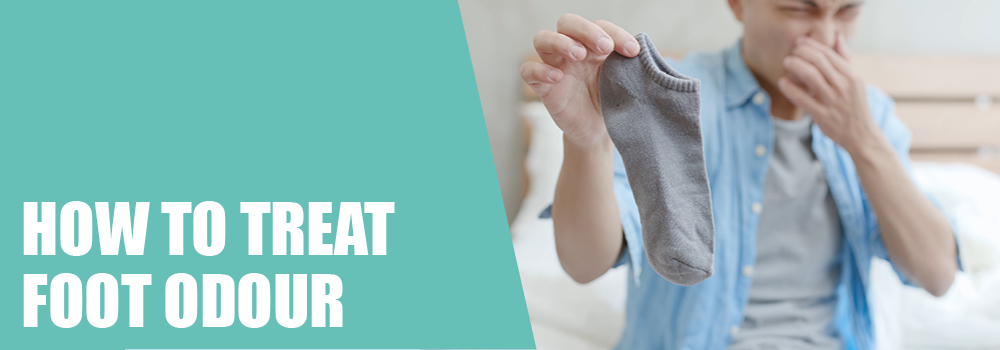How bunion correctors work
- Mrs G
- Simply Feet Blog
- 13 Feb 2024
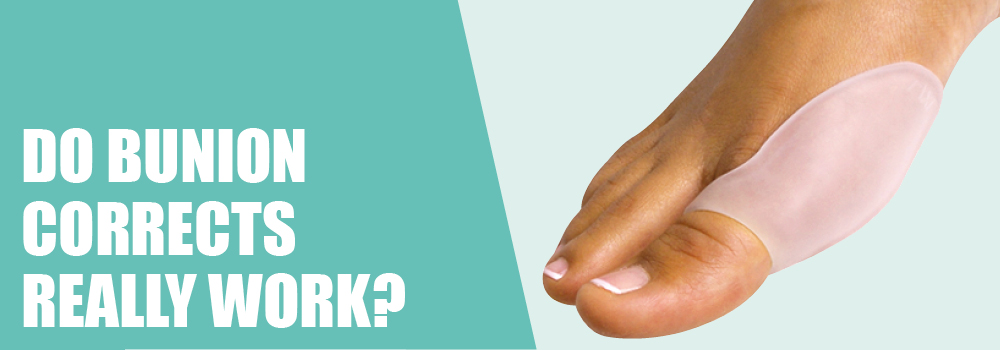
How do bunion correctors work?
A bunion is a lump that occurs on the joint at the base of the big toe. Bunions form when the position of the toe changes – the toe may press into or even overlap the second toe, causing the front of your foot to move out of place. Due to the changes in the bone and joint the bunion correctors work by supporting the area, helping with foot function and reduction in pain; rather than realigning the joint into a straight position. Read our bunion correctors guide and find out more about what causes bunions and what can be done to treat them.
What causes bunions
Bunions are bony bumps that form on the joint at the base of the big toe. They develop gradually over time and can be caused by various factors, including:
Genetics: Bunions tend to run in families, suggesting a genetic predisposition. If you have a family history of bunions, you may be more likely to develop them.
Foot structure: Certain foot shapes and structures can increase the risk of developing bunions. For example, having flat feet or low arches can contribute to bunions.
Improper footwear: Wearing tight, narrow, or high-heeled shoes can force the toes into an unnatural position, putting pressure on the big toe joint and contributing to the development of bunions.
Foot injuries: Trauma or injury to the foot can increase the likelihood of developing bunions. This could include repetitive stress injuries from activities like running or dancing.
Medical conditions: Some medical conditions, such as rheumatoid arthritis, can cause inflammation in the joints, including the big toe joint, which may lead to the formation of bunions.
Occupational factors: Jobs that require prolonged periods of standing or walking on hard surfaces can increase the risk of bunions.
Age: Bunions are more common in older adults, as wear and tear on the joints over time can contribute to their development.
While these factors can increase the likelihood of developing bunions, the exact cause can vary from person to person. It's often a combination of factors rather than a single cause.
Treatment for bunions
Change in footwear - Wearing shoes with a wide toe box and avoiding high heels or shoes with narrow, pointed toes can help alleviate pressure on the bunion and reduce discomfort. Shoes that provide adequate support and cushioning are recommended.
Padding and splinting - Using bunion pads or cushions can help reduce friction and pressure on the bunion. Additionally, wearing splints or toe spacers at night may help realign the toe joint and alleviate discomfort.
Orthotic devices - Custom-made orthotic inserts can help redistribute pressure evenly across the foot and provide support to the arch, which may help alleviate bunion pain and prevent worsening of the condition.
Medications - Over-the-counter pain relievers such as acetaminophen or nonsteroidal anti-inflammatory drugs (NSAIDs) like ibuprofen can help reduce pain and inflammation associated with bunions.
Physical therapy - Specific exercises and stretches may help improve the strength and flexibility of the muscles and ligaments around the big toe joint, which can help reduce pain and improve function.
Injection therapy - Corticosteroid injections may be recommended to reduce inflammation and provide temporary relief from bunion pain. However, repeated use of corticosteroid injections may weaken the surrounding tissues.
Bunionectomy - In severe cases where conservative measures fail to provide relief, or if the bunion is causing significant deformity or interfering with daily activities, surgery may be considered. There are various surgical techniques for bunion correction, including removing the bony protrusion, realigning the bones of the big toe joint, or fusing the joint. The choice of surgical procedure depends on factors such as the severity of the bunion, the patient's age, and overall health.
How do bunion correctors work?
Bunion correctors are devices designed to help realign the big toe joint and reduce the progression of bunions, they work by supporting the area, helping with foot function and reduction in pain; rather than realigning the joint into a straight position. They typically come in the form of splints, braces, or toe separators. While some people may find relief or improvement in their bunion symptoms with the use of correctors, their effectiveness varies depending on several factors:
Severity of the bunion - Bunion correctors may be more effective for mild to moderate bunions, where the deformity is not severe and the joint is still somewhat flexible. In more severe cases, especially where there is significant deformity or bone changes, correctors may not be as effective in fully correcting the problem.
Consistency and compliance - Consistently wearing the corrector as prescribed is crucial for any potential benefit. Patients who wear the corrector regularly and as directed are more likely to see positive results compared to those who use it sporadically.
Individual anatomy and foot mechanics - The effectiveness of bunion correctors can vary depending on the individual's foot anatomy and mechanics. Factors such as the flexibility of the big toe joint, the presence of other foot abnormalities, and the underlying cause of the bunion can influence how well a corrector works for a particular person.
Use as part of a comprehensive treatment plan - Bunion correctors are often more effective when used in combination with other conservative treatments such as footwear modifications, orthotic inserts, exercises, and padding. A comprehensive approach that addresses multiple aspects of bunion management may yield better results than relying solely on a corrector.
Different types of bunion correctors
Splints and braces
Through wearing at night the gel provides cushioning to prevent pressure from the mattress. The straps and support help to provide tension on the joint and the surrounding tendons and ligaments to help recovery from overuse during the day. Bunion splints can make a toe look straighter, however once it is removed the toe will go back to its natural position.
GelX Night-Time Gel Bunion Splint
Toe spreaders
These help again to make the toe look straighter and they stop the pressure on the adjacent toe. However when removed the toe will return to its natural position.
GelX Bunion Toe Spreader (One Size)
Sleeves and cushions
The bunion sleeves and cushions all provide a cushioning to the painful area when wearing footwear. The can be looped over the toe or come in a sleeve which is put over the front of the foot. The choice is patient specific, the sleeves tend to stay in place better than the looped shield however maybe visible depending on the footwear worn
GelX Bunion Sleeve (Uncovered)
GelX All Gel Bunion Guard Slimfit
GelX 5th Toe All Gel Bunion Guard (One Size) (1)
GelX All Gel Double Loop Bunion Spreader (One Size)
GelX Double Loop Tailor Bunion Spreader (1) Universal
How long does it take for bunion correctors to work
The time it takes for bunion correctors to work can vary significantly depending on several factors, including the severity of the bunion, the consistency of use, individual anatomy, and underlying foot mechanics. In general, it's essential to have realistic expectations about the timeline for seeing results with bunion correctors.
For some individuals with mild to moderate bunions, they may start to notice some improvement in symptoms, such as reduced pain or discomfort, within a few weeks to a few months of consistent use. However, it's important to note that complete correction of the bunion deformity may take longer, and in some cases, it may not be achievable with conservative measures alone.
Consistency is key when using bunion correctors. It's essential to wear them as prescribed by your healthcare provider, typically for several hours each day or as directed. Regular and prolonged use may help promote gradual realignment of the big toe joint and relieve pressure on the bunion, leading to improved symptoms over time.
However, for individuals with more severe bunions or underlying structural issues contributing to the deformity, the effectiveness of correctors may be limited. In such cases, conservative measures alone may not be sufficient to fully correct the problem, and surgical intervention may be necessary to achieve significant improvement.
It's important to consult with a healthcare professional, such as a podiatrist or orthopedic surgeon, for personalized guidance on the use of bunion correctors and to develop a comprehensive treatment plan tailored to your specific needs and circumstances. They can provide insight into expected outcomes and adjustments to your treatment regimen based on your progress.
Simply Feet bunion correctors
In summary while bunion correctors can be helpful for some individuals, it's important to note that they may not work for everyone, and their effectiveness can vary depending on factors such as the severity of the bunion and individual anatomy. Additionally, bunion correctors are typically most effective when used in combination with other conservative treatments, such as wearing supportive footwear, using orthotic inserts, and performing specific exercises to strengthen the muscles around the big toe joint.
It's advisable to consult with a healthcare professional, such as a podiatrist or orthopedic specialist, before using bunion correctors to ensure they are appropriate for your specific condition and to receive guidance on how to use them effectively.
Simply Feet stocks a wide range of footcare products designed to help those with bunions - https://www.simplyfeet.co.uk/foot-health/foot/bunions.html

